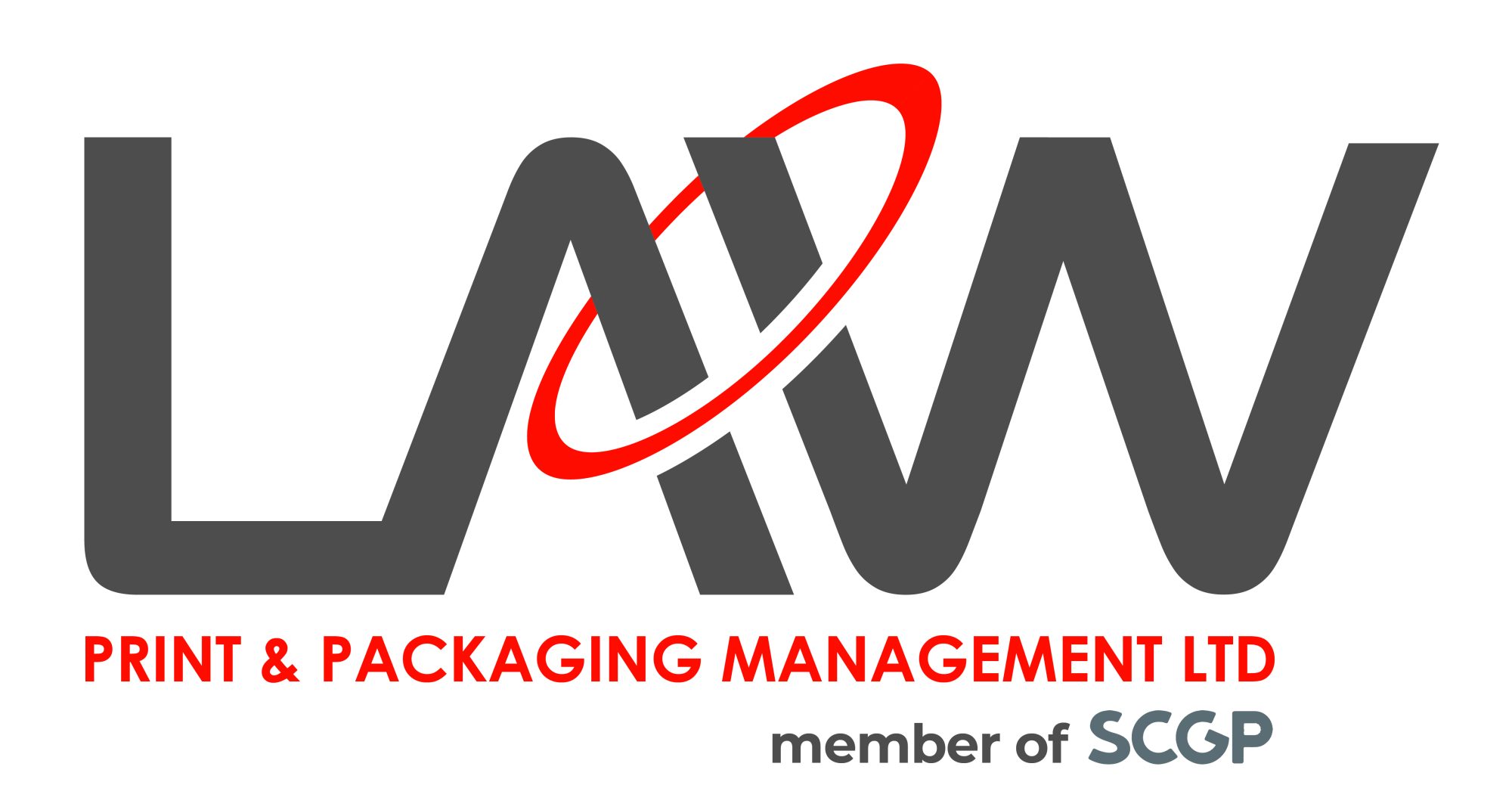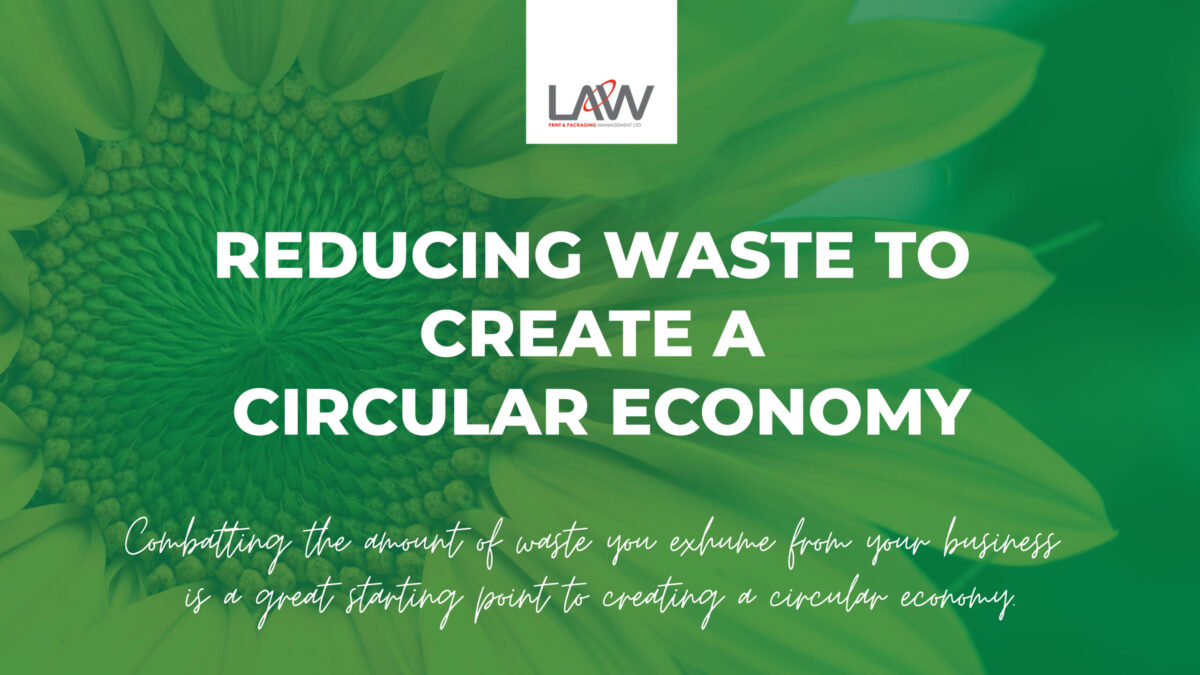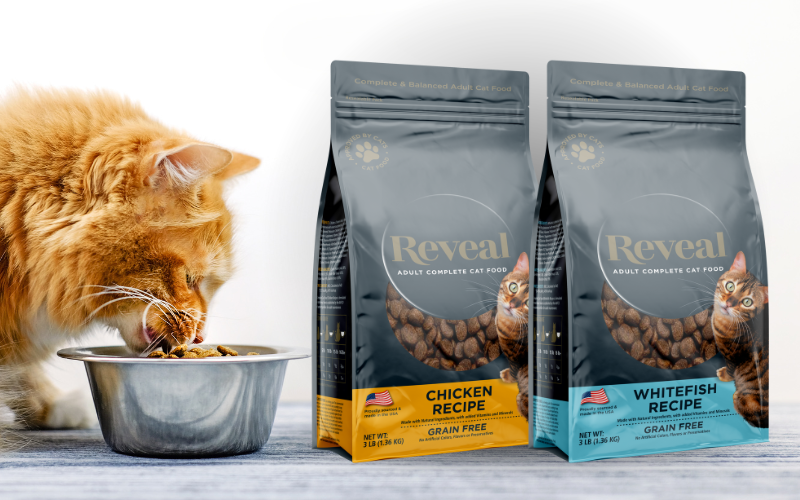A circular economy model, which employs waste management, reuse, recycling, and responsible manufacturing, could support the development of new industries and jobs, reducing emissions and increasing efficient use of natural resources (including energy, water, and materials).
As new reports surface on growing consumer demand for “plastic-free aisles” in supermarkets, we couldn’t help but feel that plastic is getting a bit of unfair press.
We’ve written about packaging waste before, but we thought it was time to write an updated version with constant advancements within the industry.
So, what does the packaging look like in a truly sustainable, circular economy, and how do we get there?
Championing the use of flexible plastic
Flexible plastic packaging has an abundance of possibilities and benefits to your business. We are constantly shouting from the rooftops every single reason why our customers should be proud to wave the flexible packaging flag.
Flexible packaging comes in various forms, and some of the most common examples you’ve probably seen are Stand Up Pouches, Quad Seal Bags, Flat Bottom Bags and BOPP Woven Bags. We can provide these pack formats for many sectors such as pet food, sports nutrition, confectionery, other food and non-food applications like horticulture or construction.
Plastic packaging serves a real purpose and comes with an array of features such as resealable zippers, which also contributes to less food waste and keep contents fresher for longer. With further material developments and packaging optimisation, landfill waste can be significantly reduced, and with recyclable options, waste is reduced further.
Plastics action
In April 2018, WRAP launched the UK Plastics Pact, with members signing up and agreeing to specific targets for plastic packaging by 2025, which include: eliminating single-use plastic packaging; 100% of plastic packaging to be reusable, recyclable or compostable; 70% of plastic packaging to be effectively recycled or composted, and 30% recycled content across all plastic packaging.
However, ensuring sufficient infrastructure to generate high-quality, non-virgin plastic for a new cycle of production demands investment and a stable market environment to facilitate this.
These processes are not fully implemented yet, but with increased demand from customers and manufacturers alike, we could witness a huge boost in these services throughout 2022.
What about the Plastics Pact Network?
Regarding how packaging develops and what it will look like in a circular economy, the conversation around waste and resources must move away from the ‘waste management’ focus.
Initiatives such as the Plastics Pact Network aim to bring together national and regional schemes and key stakeholders to implement circular economy solutions for plastic packaging tailored for each area.
Its targets are to:
- Eliminate unnecessary and problematic plastic packaging through redesign and innovation
- Move from single-use to reuse
- Ensure all plastic packaging is reusable, recyclable or compostable
- Increase the reuse, collection and recycling or composting of plastic packaging
- Increase recycled content in plastic packaging.
When it comes to excessive packaging, we agree that some brands take things to the extreme. But for most retail packaging, it’s fair to say that plastics offer crucial protection in transit, improving shelf life and ultimately reducing global food waste.
That’s why businesses could (and should!) use Flexible Packaging to reduce the amount of waste they produce.
Flexible packaging not only protect your product but also protect your brand, and using plastic materials will add value by providing a longer shelf life, securing content in transit and increasing marketing exposure.
And, by choosing our Ready2Recycle mono material pouches or bags, the waste management benefits of plastic are increased tenfold throughout a product’s lifecycle. Bags are produced, used, then recycled and used again in some form or another. What’s not to like?
If your brand is looking to invest in quality packaging, we will guide you through the entire print process. Providing recommendations along the way to improve efficiency, reduce costs and add untold value to the end product.


